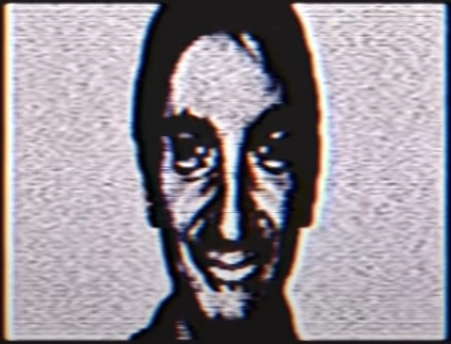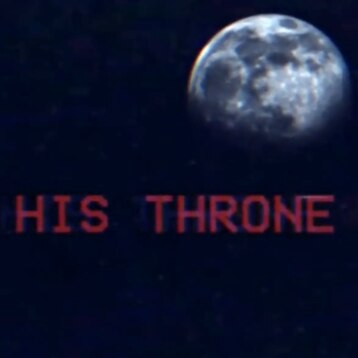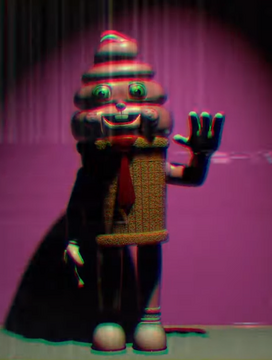What is it?
Analog horror is a genre of horror storytelling that often utilizes retro or outdated media formats, such as VHS tapes, cassette tapes, analog photographs, or old internet aesthetics, to create an atmosphere of unease or terror. It often plays on nostalgia for older technology and media, but subverts it by imbuing it with unsettling or supernatural elements. This genre frequently incorporates found footage-style videos, audio recordings, or written documents to tell its stories. It's characterized by its lo-fi, gritty aesthetic, which can evoke a sense of realism while also leaving room for ambiguity and mystery. Analog horror often explores themes of technology, memory, and the uncanny. Creators of analog horror content may draw inspiration from classic horror tropes, urban legends, or real-life events, weaving them into narratives that blur the line between fiction and reality. The genre has gained popularity in online communities, where creators share their works through platforms like YouTube, forums, or specialized websites.
What makes it scary?
Analog horror taps into several elements that contribute to its scariness: Nostalgia and Familiarity: Analog horror often utilizes outdated technology and media formats that many people are familiar with from their childhood or past experiences. This familiarity can create a sense of comfort initially, but when these familiar elements are twisted or used to depict eerie or disturbing events, it can evoke a profound sense of unease. Imagination and Ambiguity: Analog horror frequently relies on the viewer's imagination to fill in the gaps. The low-fi, imperfect nature of the media used often leaves room for interpretation and ambiguity, allowing viewers to project their own fears onto the narrative. This can make the horror feel more personal and intense. Isolation and Vulnerability: Many analog horror stories feature characters who are isolated or vulnerable in some way, whether physically, emotionally, or psychologically. The feeling of being alone or powerless in the face of unknown forces amplifies the sense of dread and helplessness. Suspense and Uncertainty: Analog horror often builds tension through slow pacing, mysterious clues, and gradual reveals. Viewers are kept on edge as they try to piece together the fragmented narrative, never quite sure what will happen next or what lurks in the shadows. The Uncanny and Supernatural: Analog horror frequently blurs the line between the real and the supernatural, introducing elements that defy logic or challenge the viewer's perception of reality. This can create a sense of disorientation and existential dread as viewers confront the unknown and the unexplainable. Overall, analog horror is scary because it taps into primal fears and anxieties, exploiting the tension between the familiar and the unfamiliar, the rational and the irrational, to create an immersive and unsettling experience.
The Mandela Catalog
For example: The Mandela Catalog is a fictional concept often found in internet horror stories and urban legends. It takes its name from the Mandela Effect, a phenomenon where a large group of people remember an event or detail differently from how it actually occurred. The Mandela Catalog extends this idea into the realm of horror. In these stories, the Mandela Catalog is portrayed as a mysterious collection of items, experiences, or memories that seem to exist outside of normal reality. People who encounter the Mandela Catalog may find themselves inexplicably drawn to it or affected by its contents in strange and unsettling ways. What makes the Mandela Catalog scary is the sense of unreality and existential dread it evokes. The items within the catalog often defy logic or common sense, leading to feelings of confusion and disorientation. Moreover, the idea that there may be alternate realities or dimensions where these items exist as reality further adds to the sense of unease. Additionally, the Mandela Catalog plays on the fear of the unknown and the uncontrollable. Encountering something that challenges one's understanding of reality can be deeply unsettling, as it raises questions about the nature of existence and the limits of human perception. Overall, the Mandela Catalog is scary because it taps into deep-seated fears and uncertainties about the nature of reality, inviting readers to contemplate the possibility of worlds beyond their understanding and the terrifying implications that come with it.
Other Analog Horror Series
- Harmony and Horror
- Vita Carnis
- Local 58
- The Backrooms
- The Walten Files


Some based off of Creepypasta's
Creepypasta refers to a form of online horror storytelling. These are short stories or urban legends shared on internet forums, social media platforms, and other online communities. They often involve eerie or unsettling themes, such as supernatural occurrences, mysterious entities, or disturbing events. The term "creepypasta" is derived from "copypasta," which refers to text that is copied and pasted across the internet. Creepypastas are often written in a way that makes them seem like firsthand accounts or found documents, adding to their chilling effect. Some popular examples include stories like "Slender Man" and "Jeff the Killer."
How widely konwn is analog horror?
Analog horror, also known as VHS horror or retro horror, has gained a notable following in recent years, particularly within certain online communities and subcultures. Analog horror typically utilizes low-fidelity audio and video techniques reminiscent of older media formats like VHS tapes, creating a sense of nostalgia and unease. Its popularity has grown on platforms like for example Reddit, where creators share short films, series, and other content that evoke the aesthetics of older horror movies and found footage. While analog horror may not be as widely known as mainstream horror genres, it has developed a dedicated fanbase and gained attention from both creators and consumers of horror media. Its appeal lies in its ability to evoke nostalgia for older technology while exploring themes of dread and the unknown. As with any niche subgenre, its recognition varies depending on the audience, but its presence continues to expand within the broader horror community.


